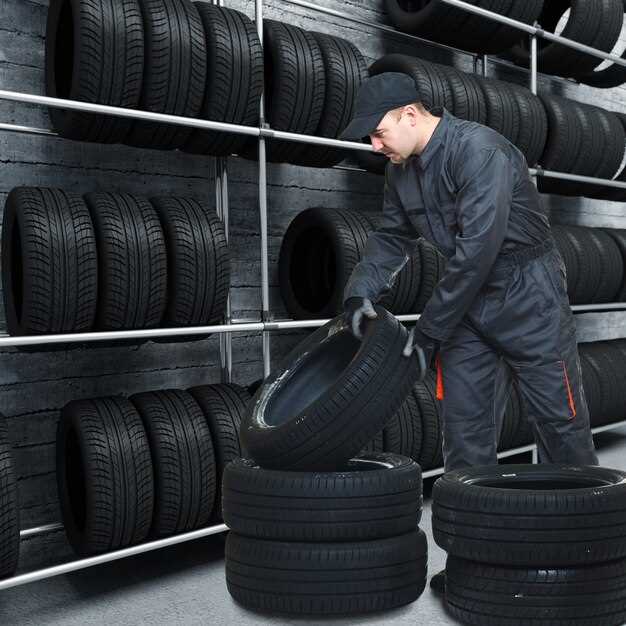
Effective storage of racing tires and parts is crucial for maintaining their performance and longevity. Racing tires, designed to provide superior grip and handling, require specific conditions to ensure they remain in optimal shape when it’s time to hit the track. Improper storage can lead to degradation and decreased performance, undermining months of preparation and investment.
To properly store tires, it is essential to consider environmental factors such as temperature, humidity, and exposure to sunlight. Tires should ideally be kept in a cool, dry place away from direct sunlight, which can cause the rubber to dry out and crack. Conversely, excessive moisture can lead to mold and deterioration. Using tire covers or bags can also help protect them from dust and harmful UV rays.
In addition to tires, racing parts also need to be stored with care. Metal components should be kept in a clean, dry environment to prevent rust and corrosion, while sensitive parts may require more specialized storage solutions. By following best practices for storage, racers can ensure their equipment remains in peak condition, ready for every competitive challenge that lies ahead.
Best Practices for Tire Storage in Varied Climates

When it comes to tire storage, climate can greatly impact their longevity and performance. Understanding how different weather conditions affect tires will help in preserving their quality. In humid climates, moisture can lead to mold and deterioration. It’s crucial to store tires in a dry environment, ideally in a space with good ventilation. Using moisture-absorbing materials can also enhance storage conditions.
In hot climates, high temperatures can cause the rubber compounds in tires to break down more quickly. To mitigate this, tires should be stored away from direct sunlight and heat sources. Using a shaded area or utilizing tarps can provide additional protection against extreme heat. It’s beneficial to occasionally rotate the tires during storage to prevent flat spots from forming.
Conversely, in colder climates, tires can become stiff and less flexible. To avoid this, ensure that tires are stored in a location that remains above freezing. Insulating the storage area and keeping the tires off cold surfaces can help maintain optimal temperatures. Additionally, storing tires at room temperature is ideal for preserving their structure and elasticity.
Regardless of the climate, tires should always be clean and dry before storage. Removing dirt and debris minimizes the risk of long-term damage. It’s recommended to stack tires vertically or place them in a tire storage rack to avoid deformation. If tires are mounted on rims, over-inflating them slightly can help prevent flat spots while in storage.
Following these best practices for tire storage can ensure that your racing tires remain in excellent condition, ready for peak performance when needed, regardless of the storage climate.
Organizing and Labeling Racing Parts for Easy Access
Proper organization of racing parts is essential for ensuring quick access during preparation and maintenance. Start by categorizing components based on their function, such as tires, suspension, brakes, and engine parts. This approach minimizes the time spent searching for necessary items, which can be crucial during race days.
Invest in storage solutions like labeled bins, shelves, or cabinets specifically designed to hold racing parts securely. Label each container clearly, indicating its contents, including specifications like size and type. For tires, indicate their use, such as dry or wet weather performance, and include details such as tire compound and age to aid in selection during races.
For smaller parts, consider using a pegboard with labeled hooks or containers. This allows easy visibility and retrieval. Ensure that each part or tire has a designated spot, and maintain a consistent organizational system to prevent confusion and clutter.
In addition to physical labeling, maintain a digital inventory. Use a spreadsheet or specialized software to track parts, including location, quantity, and purchase dates. This digital system complements your physical organization, providing a comprehensive overview of your inventory at a glance.
Regularly review and update your organization system. Remove outdated parts and tires to make space for new inventory. By implementing these strategies, you can ensure that your racing parts are well-organized and easily accessible, maximizing efficiency during critical times.
Maintaining Tire and Parts Integrity During Long-Term Storage

Proper long-term storage of tires and parts is essential for preserving their integrity and ensuring optimal performance when needed. To achieve this, several key practices must be followed.
First, cleanliness is crucial. Before storing tires, clean them thoroughly to remove any dirt, debris, or chemical residues. Use a mild soap solution and a soft brush to avoid damaging the rubber. For parts, ensure they are free from grease, oil, and contaminants that could lead to corrosion or degradation over time.
Next, implement an appropriate storage environment. Ideally, tires should be stored in a cool, dry place away from direct sunlight and extreme temperatures. UV rays can cause the rubber to degrade, while excessive heat can alter the tire’s composition. Parts should also be stored in a temperature-controlled environment, as fluctuations can lead to warping or other damage.
Utilize proper storage methods. For tires, stack them horizontally if they are not mounted on rims, but if on rims, store them upright. Use tire covers to shield them from dust and light. For parts, organize them in bins or on shelves, clearly labeling each to prevent chaos during retrieval. Ensure that parts are kept off the ground to prevent moisture exposure.
Finally, conduct regular inspections during the storage period. Check tires for signs of dry rot, cracks, or other forms of deterioration. For parts, inspect for rust or any potential defects. Early detection can prevent further damage and ensure that both tires and parts remain in optimal condition for use.



